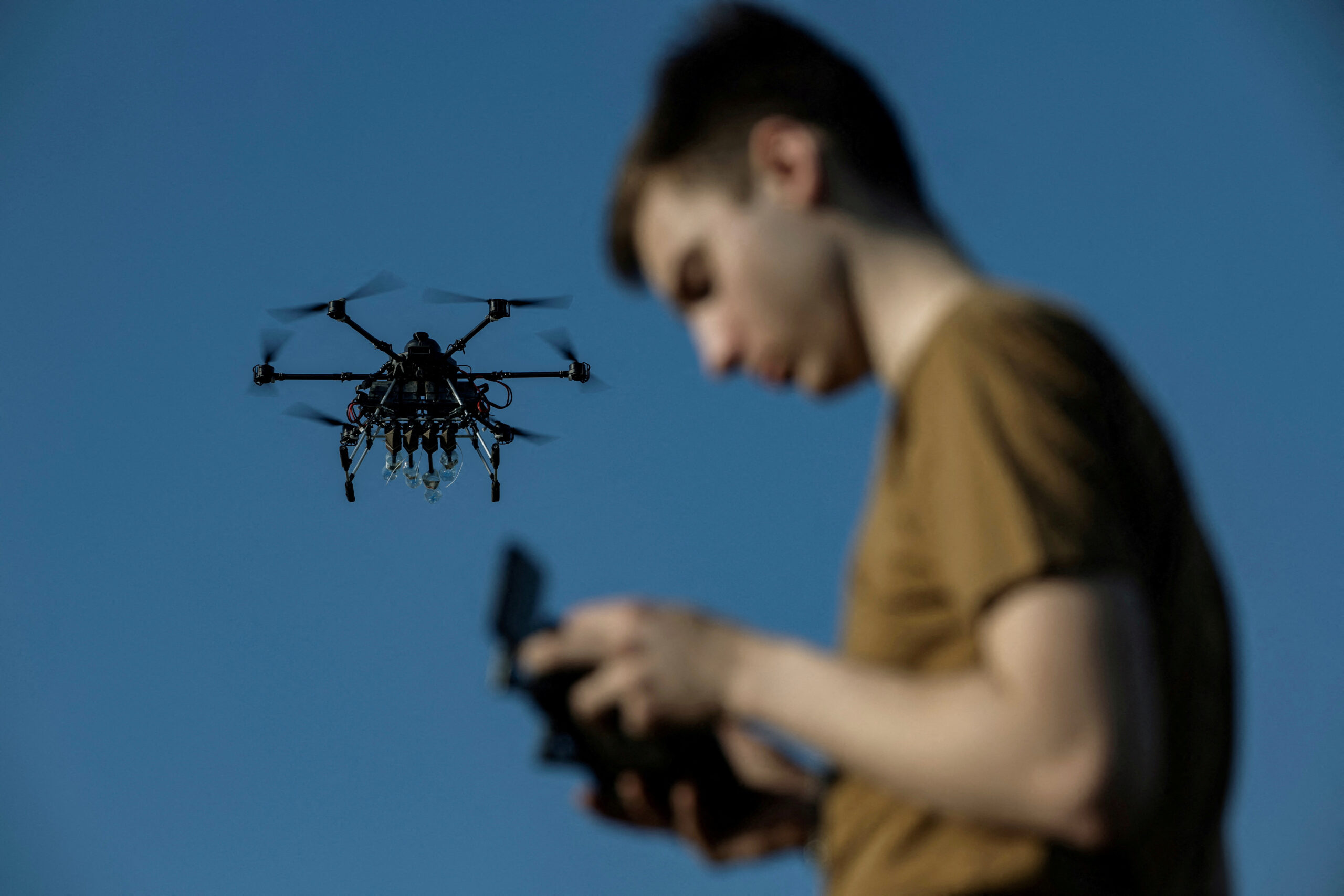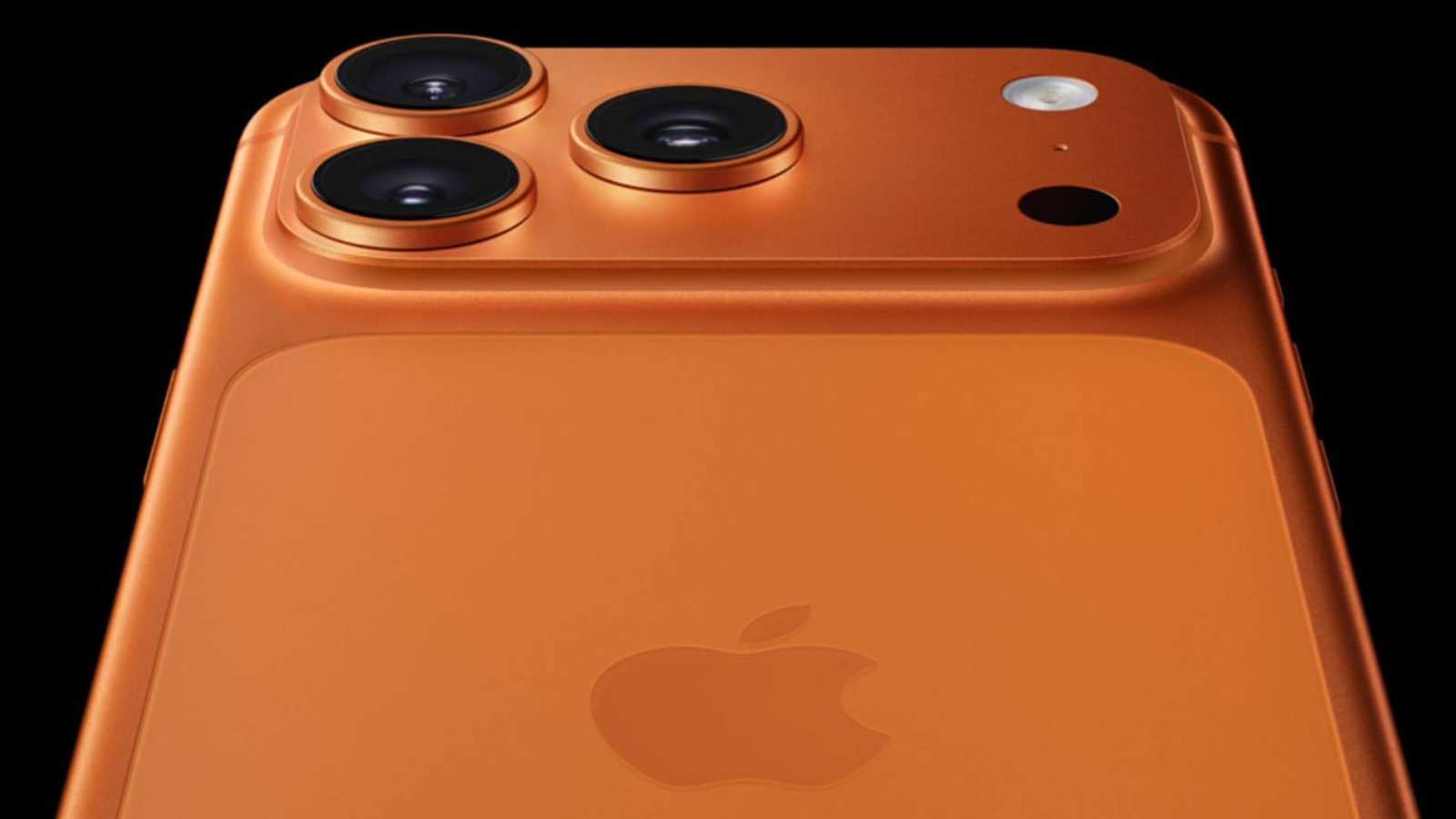Ukraine’s audacious recent drone strikes on Vladimir Putin’s bomber fleet at airbases across Russia have generated global headlines and fueled a lively debate over the implications of the attack. Many have hailed this highly successful Ukrainian operation as a watershed moment in military history, leading to claims in some quarters that Ukraine is now “redefining modern warfare.”
This international attention is understandable. Russia’s full-scale invasion of Ukraine is widely recognized as the world’s first drone war, with Ukrainian innovation playing a key role in defining the role of drones in twenty-first century military operations. But while most analysis tends to focus on spectacular attacks like the recent decimation of Russia’s strategic bomber fleet, the Ukrainian military is actually using drones for a far wider variety of functions. Ukraine’s drone experience is unprecedented and provides a range of important lessons for military commanders around the world.
The primary role of drones in modern warfare is as weapons. Over the past three years, first person view (FPV) drones have become a ubiquitous feature of the contemporary battlefield and are believed to be responsible for the vast majority of Russian and Ukrainian casualties. This is changing the way the war is fought. Any vehicles operating close to the front lines must now rely on jamming devices, with many also favoring the additional protection of so-called “cope cage” coverings to shield against drone attacks. With larger groups of infantry deemed too vulnerable to drone strikes, attacks are typically carried out by small groups, often using highly mobile transport such as motorbikes or buggies.
Ukraine has also pioneered the use of drones and accompanying software to perform surveillance tasks mapping out the battlefield and providing real-time situational awareness of enemy deployments. This reconnaissance capability is not new in itself, but has undergone significant upgrades in recent years. Accurate and up-to-date information allows commanders to make informed decisions quickly, improving the effectiveness of military operations.
Beyond the battlefield, Ukraine has also transformed international understanding of drone warfare at sea. Since 2022, Ukrainian naval drones have succeeded in sinking or damaging around one-third of Russia’s entire Black Sea Fleet, forcing the remainder of Putin’s warships to retreat from Russian-occupied Crimea to the relative safety of Russia’s own Black Sea ports. Most recently, Ukraine claimed to have used naval drones to shoot down two Russian warplanes over the Black Sea.
Eurasia Center events

In addition to strike and surveillance functions, Ukraine has also employed drones in logistical roles. The Ukrainian army uses both aerial and ground-based unmanned systems to deliver ammunition, food, medicine, and other supplies to troops operating in dangerous or inaccessible areas, thereby reducing the need to expose personnel to hostile environments. Drone-based solutions can also potentially facilitate the evacuation of the wounded when manned rescue is deemed to be too risky.
One of the most creative Ukrainian uses of drones on the battlefield has been to help take surrendering Russian soldiers prisoner. This method reduces the need for physical engagement with enemy troops and therefore limits the risks to the Ukrainian side. Drones are used to give instructions using printed messages or via loudspeakers to guide enemy soldiers and indicate safe directions that will allow them to surrender without coming under fire.
Ukrainian unmanned systems are also playing an important role in efforts to document Russian war crimes. Drones are able to record the time, location, and nature of potential crimes, along with the identity of the perpetrators in some cases. Over the past three years, Ukrainian drones have captured evidence of potential war crimes including the execution of unarmed POWs and attacks on civilians. This footage can be used in future prosecutions and increases the chances that those responsible for war crimes in Ukraine will be held accountable.
The growing role of drones in warfare creates a range of challenges in terms of the accepted norms governing military operations. With this in mind, Ukraine’s Ministry of Defence has drawn up and issued internal guidelines for drone operators and legal teams to ensure adherence to the laws of armed conflict. These guidelines incorporate real-world combat scenarios to help drone operators understand how to treat categories such as medical personnel, retreating enemy troops, and those engaged in the evacuation of the wounded. This initiative is a step toward establishing broader global standards for responsible drone warfare.
Ukraine’s unique experience of drone warfare offers valuable insights that will shape military doctrines for many years to come, while also helping to define international standards for the use of drones in a military context. It is already clear that drones are transforming the battlefield in ways the evoke the twentieth century rise of air power. As drone technologies continue to advance, Ukraine is likely to remain a key player in this new wave of military innovation.
Vitaliy Nabukhotny is a human rights lawyer and external legal advisor to the Ukrainian Ministry of Defence’s Legal Department.
The views expressed in UkraineAlert are solely those of the authors and do not necessarily reflect the views of the , its staff, or its supporters.

The Eurasia Center’s mission is to enhance transatlantic cooperation in promoting stability, democratic values and prosperity in Eurasia, from Eastern Europe and Turkey in the West to the Caucasus, Russia and Central Asia in the East.
Image: Ukrainian serviceman of the 13th operational NGU Khartiia Brigade with the call signs ‘Chipok’ controls the Vampire drone during test and training flight, amid Russia’s attack on Ukraine, at an undisclosed location in the Kharkiv region, Ukraine, April 22, 2025. (REUTERS/Marko Djurica)










